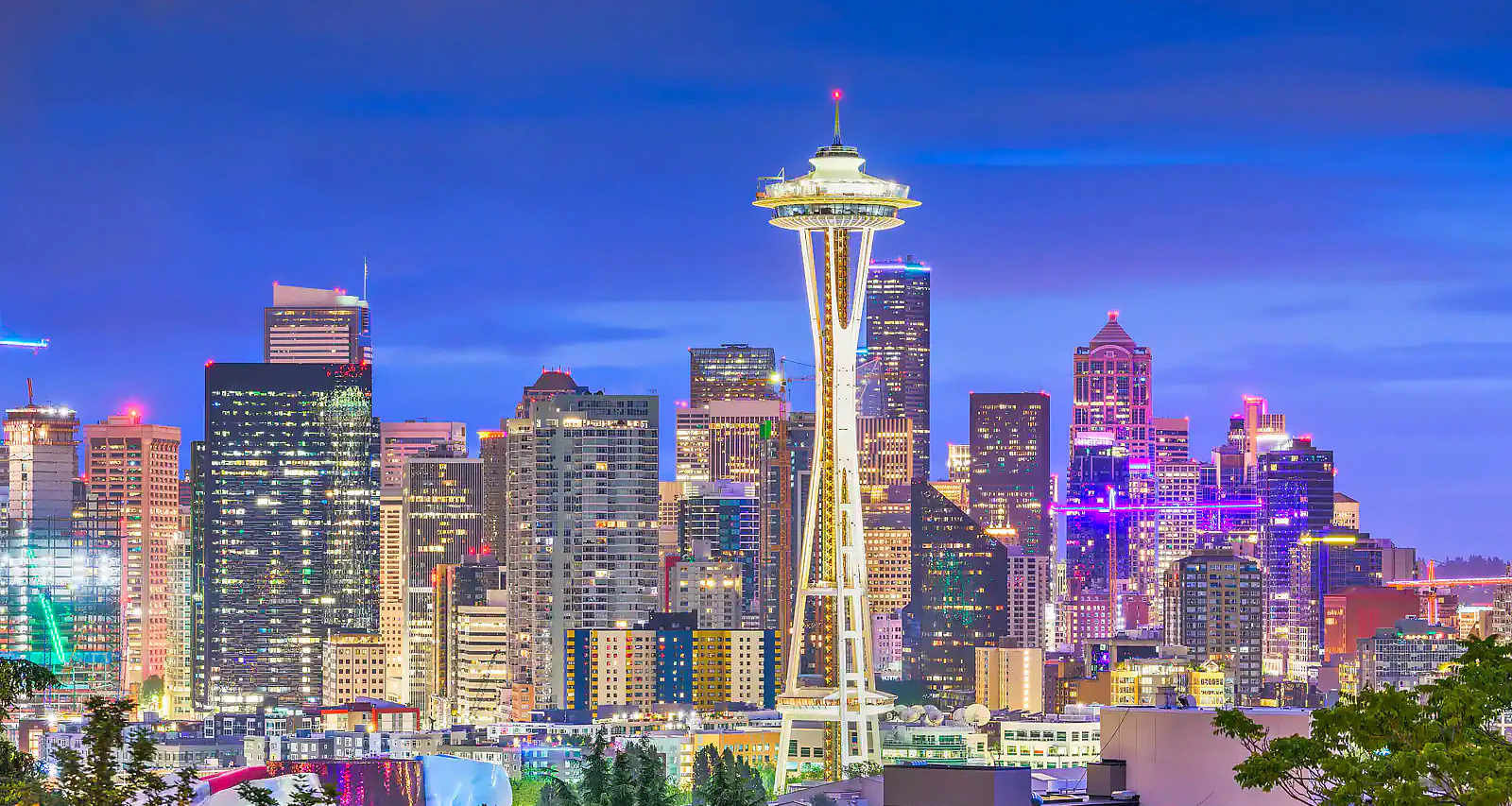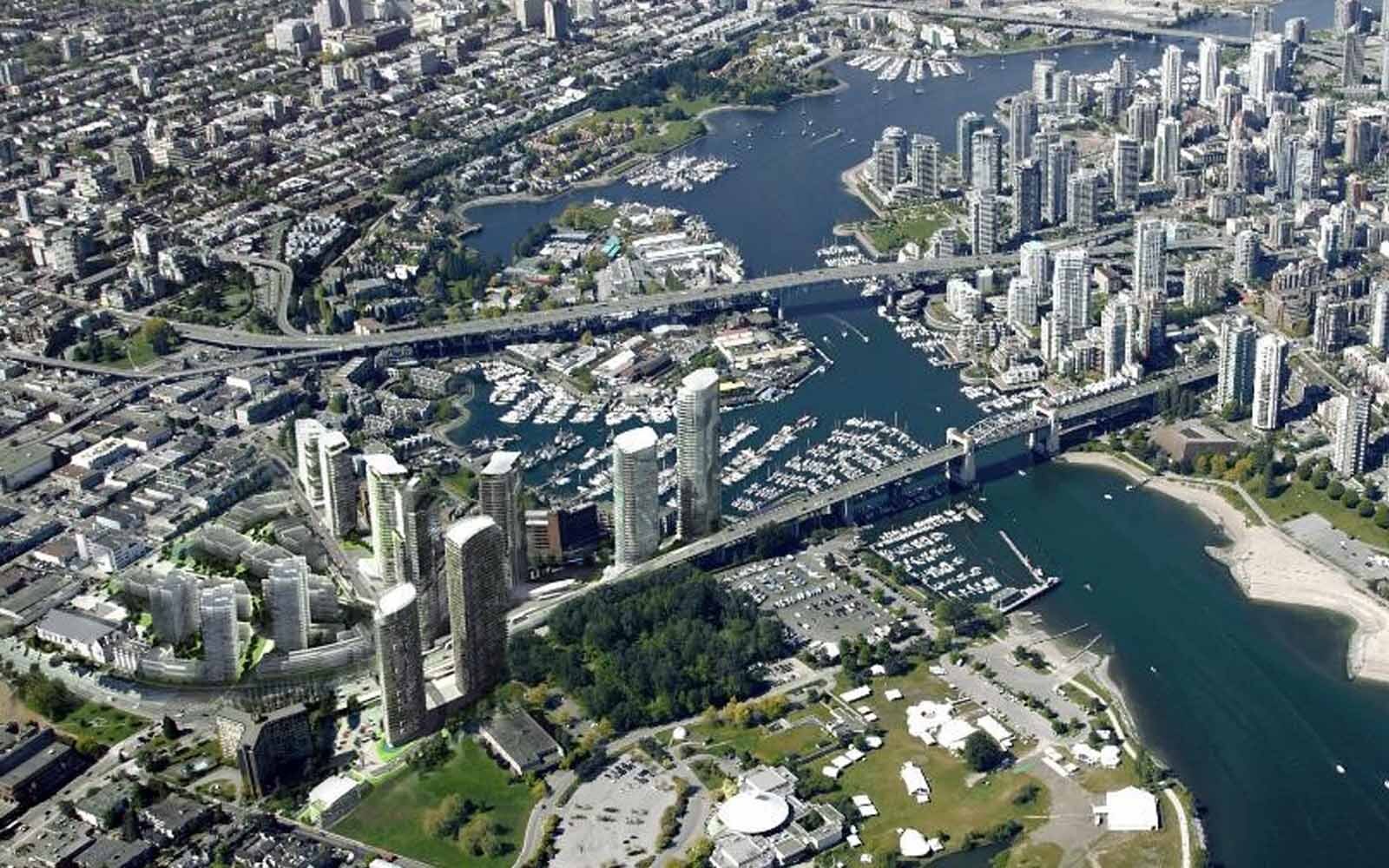
Western Australia: The Continent Within a Continent
Western Australia isn’t just a state; it’s a continent within a continent, a land of staggering scale, ancient wonders, and a fiercely independent spirit. Covering an area roughly equivalent to Western Europe, or larger than Texas and Alaska combined, WA defies easy categorization. It’s a place where the red dust of the Pilbara meets the turquoise waters of the Indian Ocean, where the world’s most isolated capital city thrives, and where nature’s raw power and delicate beauty coexist in breathtaking harmony. To truly grasp Western Australia is to embark on a journey of superlatives, a deep dive into a land that is as economically vital as it is environmentally unique.
From the moment you begin to understand its dimensions, WA asserts its dominance. It sprawls across approximately 2.5 million square kilometres, occupying nearly one-third of the Australian landmass. This sheer immensity isn’t just a geographic fact; it’s a defining characteristic that shapes its climate, its culture, and its economy. The distances between its major centres are vast, often requiring flights rather than drives, fostering a sense of self-reliance and distinct identity that sets it apart from its eastern counterparts.
At the heart of this colossal state lies Perth, a city often dubbed the "world’s most isolated capital." Yet, isolation has not bred stagnation. Instead, Perth is a vibrant, sun-drenched metropolis consistently ranked among the world’s most liveable cities. Boasting more hours of sunshine than any other Australian capital, a pristine coastline featuring iconic beaches like Cottesloe and Scarborough, and a relaxed, outdoor-centric lifestyle, Perth offers a unique urban experience. Its sparkling Swan River meanders through the city, providing a picturesque backdrop for sailing, dining, and leisurely strolls. This urban oasis, however, remains deeply connected to the vast wilderness that surrounds it, acting as a gateway to the state’s natural treasures.

The economic engine driving Western Australia is its formidable resources sector. WA is a global powerhouse, a primary source of iron ore, gold, nickel, and liquefied natural gas (LNG). The Pilbara region, a rugged, iron-rich expanse in the state’s north, is home to some of the largest mining operations on Earth, including the colossal Super Pit gold mine in Kalgoorlie-Boulder. The sheer scale of these operations is mind-boggling, with trains stretching for kilometres carrying billions of dollars worth of iron ore to port for export. This industry has fuelled WA’s prosperity, creating high wages and attracting a diverse workforce from across the globe.
"Western Australia’s resources sector isn’t just a part of its economy; it’s the very backbone," says Dr. Emily Harris, an economic historian based in Perth. "The wealth generated here underpins national prosperity and positions Australia as a critical player in global supply chains. It’s a testament to the state’s geological riches and its capacity for large-scale engineering and logistics."
Beyond the mines, WA’s natural wonders are arguably its greatest treasures. The northern reaches of the state, particularly the Kimberley region, represent one of the world’s last true wilderness frontiers. This ancient landscape of dramatic gorges, sparkling freshwater pools, and towering boab trees is steeped in Indigenous history, featuring some of the oldest rock art on the planet. The Bungle Bungle Range, with its distinctive beehive-shaped sandstone domes, is a UNESCO World Heritage site that looks like it belongs on another planet.
Further south along the coast lies Ningaloo Reef, another UNESCO World Heritage site and a stark contrast to the rugged Kimberley. Ningaloo is the world’s largest fringing reef, unique for its accessibility directly from the shore. Here, snorkelers and divers can swim with the majestic whale sharks, the largest fish in the ocean, as well as manta rays, turtles, and an astounding array of colourful coral and marine life. It’s one of the few places on Earth where these gentle giants congregate reliably close to land.
The state’s biodiversity is truly extraordinary. Western Australia is a global biodiversity hotspot, home to an astonishing 12,000 species of wildflowers, 80% of which are found nowhere else on Earth. During spring, vast swathes of the state transform into a vibrant tapestry of colour, drawing visitors from around the world. This unique flora supports an equally unique fauna, including the iconic quokka.
The quokka, a small, perpetually smiling marsupial, has become an unlikely global sensation thanks to its photogenic nature. Found primarily on Rottnest Island, a pristine nature reserve just a short ferry ride from Perth, these adorable creatures are famously fearless and friendly, often posing for "selfies" with delighted tourists. Rottnest itself is a paradise of secluded bays, crystal-clear waters, and a rich history, offering a perfect escape from city life.
Venturing inland, the vastness of WA’s outback becomes apparent. Here, the landscape transitions to the iconic red dirt, endless horizons, and a silence that is profound. The ancient granite formations of Wave Rock, a natural wonder resembling a colossal breaking ocean wave, stand testament to millions of years of geological forces. Further south, Hutt Lagoon, or "Pink Lake," dazzles with its vibrant bubblegum-pink hues, caused by a specific type of algae that thrives in its high-salinity waters. These natural phenomena underscore the state’s geological diversity and capacity for the truly bizarre and beautiful.
The human history of Western Australia is equally compelling. It is home to the world’s oldest continuous living culture, with Aboriginal people having inhabited the land for at least 60,000 years. Their deep connection to country, their intricate Dreamtime stories, and their sophisticated understanding of the land are woven into the fabric of the state. Sites like the Burrup Peninsula in the Pilbara contain one of the largest concentrations of ancient petroglyphs (rock art) in the world, offering an unparalleled window into this profound heritage. Understanding and respecting this ancient past is crucial to comprehending modern WA.

"The Aboriginal heritage of Western Australia is not just history; it’s a living, breathing culture that has shaped the land and its stories for millennia," explains Dr. Lena O’Connor, an anthropologist specializing in Indigenous studies. "From the ancient rock art of the Kimberley to the contemporary voices of its communities, this connection to country is fundamental to understanding WA’s unique identity."
This blend of ancient history, immense natural beauty, and economic power has fostered a distinct Western Australian identity. There’s a strong sense of independence, often manifesting in a desire for self-determination, historically even flirting with secession from the Australian federation. This spirit is born from the vast distances, the direct impact of global markets on its resources, and a lifestyle that values space, freedom, and connection to the natural world.
Looking ahead, Western Australia faces both opportunities and challenges. Climate change poses a threat to its unique ecosystems, from the warming waters of Ningaloo to the delicate balance of its wildflower regions. Diversification beyond resources, while underway, remains a key goal to ensure long-term economic stability. However, with its innovative spirit, stunning natural assets, and a population deeply connected to its land, Western Australia is poised to continue carving out its formidable niche on the global stage.
Western Australia is more than just a place on a map; it’s an experience. It’s the feeling of standing on an ancient land, witnessing geological wonders, swimming with giants of the ocean, and connecting with a culture that stretches back to the dawn of humanity. It’s a testament to nature’s grandeur and humanity’s resilience, a land of superlatives that truly earns its moniker as the continent within a continent. Its facts are staggering, its beauty unparalleled, and its story is one that continues to unfold with every crimson sunset over its vast, mysterious horizons.


